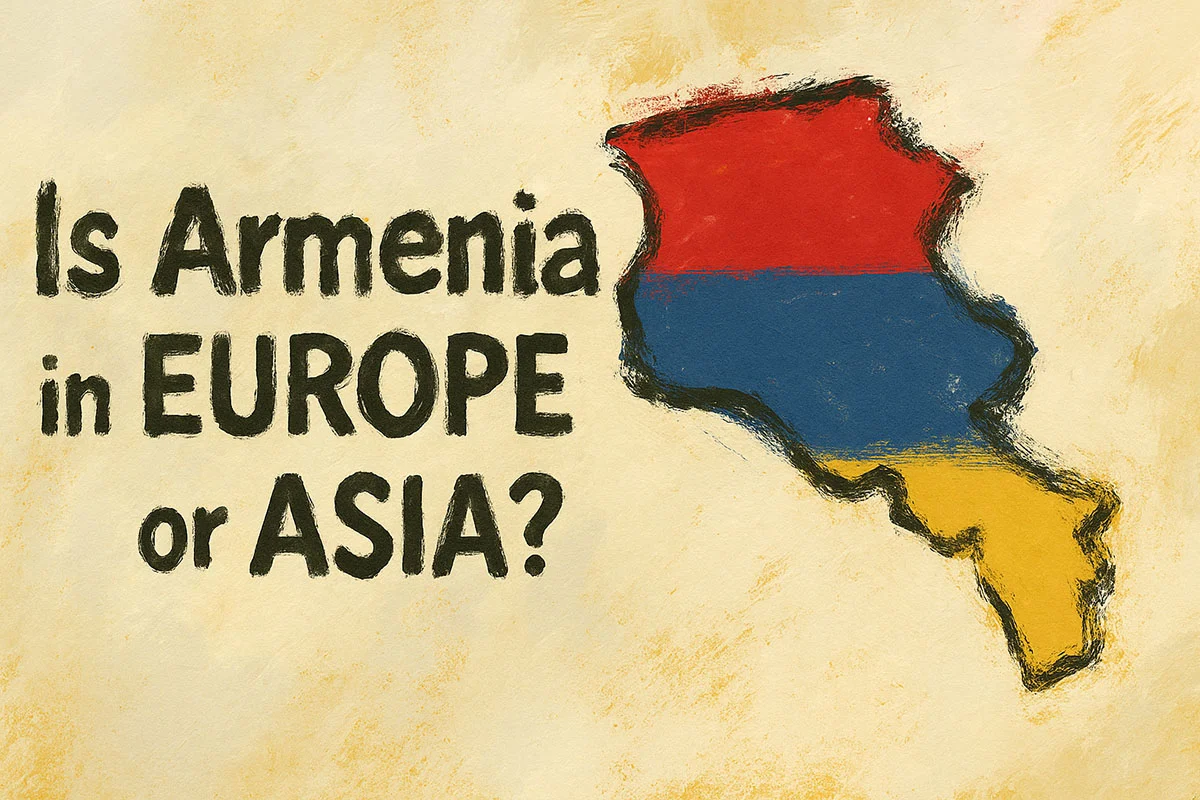Armenia’s unique position in the South Caucasus region often leads to the question: Is it in Europe or Asia? The reality is that Armenia sits at a historic and cultural crossroads, with its identity shaped by influences from both continents, making its classification a nuanced exploration rather than a simple designation. Armenia’s unique position in the South Caucasus places it at the confluence of Western Asia and Eastern Europe. Geographically often considered Asian, its profound historical and cultural links make it a transcontinental nation with strong European affinities.
Where is Armenia located on the world map?
Armenia is a landlocked country situated in the mountainous South Caucasus region of Eurasia. If you’re looking at a world map, you’ll find Armenia nestled between Western Asia and Eastern Europe. Its neighbors are:
- North: Georgia
- East: Azerbaijan
- South: Iran and Azerbaijan’s Nakhchivan exclave
- West: Turkey This places it at a strategic historical crossroads. Its location within the Armenian Highlands, a rugged and historically significant terrain, has profoundly shaped its long history and distinct culture. The conventional geographical boundary between Europe and Asia is often debated, particularly as it passes through the Caucasus region, with no single, universally agreed-upon demarcation line. This inherent ambiguity is fundamental to understanding Armenia’s transcontinental character.
Is Armenia considered a European country or an Asian country?
This question highlights the important distinction between geographical placement and cultural-historical affiliations.
- Geographically: Based on most common geographical conventions that often use the main Caucasus mountain range as a dividing line, Armenia—being situated south of the Greater Caucasus range—is typically classified as part of Western Asia.
- Culturally and Historically: Armenia possesses profound and ancient ties to Europe. It holds the distinction of being the first nation in the world to adopt Christianity as its state religion in 301 AD. This pivotal event has deeply interwoven its identity with Christian European civilization for nearly two millennia. Its extensive historical interactions with major European powers like the Roman and Byzantine Empires, as well as various European kingdoms during the medieval period, further solidify these connections. In the modern era, Armenia’s participation in numerous European cultural and political forums (such as the Council of Europe) continues to underscore these European links.
Therefore, while a purely geographical view might place it in Asia, its historical trajectory, religious heritage, and cultural self-identification often align it strongly with Europe, leading to its frequent description as a “bridge” between the two continents.
Can Armenia be considered part of Eastern Europe?
While Armenia is not geographically located within the landmass traditionally defined as “Eastern Europe” (which typically includes countries like Poland, Czechia, Hungary, or Ukraine), it shares many significant cultural, historical, and religious commonalities with several Eastern European nations, particularly through the shared heritage of Eastern Christianity and historical political alignments. However, its most precise geographical designation remains the South Caucasus, a distinct region that directly borders Eastern Europe to its north. Thus, while it has strong affinities, it’s not a core part of the Eastern European geographical bloc.
Do Armenians consider themselves European?
Many Armenians possess a strong sense of European identity, deeply rooted in their nation’s status as the first to adopt Christianity and its millennia-long engagement with European civilizations. This connection is often a significant part of their cultural self-perception, alongside their unique ancient Caucasian heritage. While fully aware of their geographical position at the crossroads of West Asia and Eastern Europe, and their historical interactions with Asian cultures, the European cultural and historical lineage is a point of pride and strong identification for a substantial portion of the population and the diaspora. This doesn’t necessarily negate their unique Armenian or Caucasian identity but often complements it with a European orientation.
